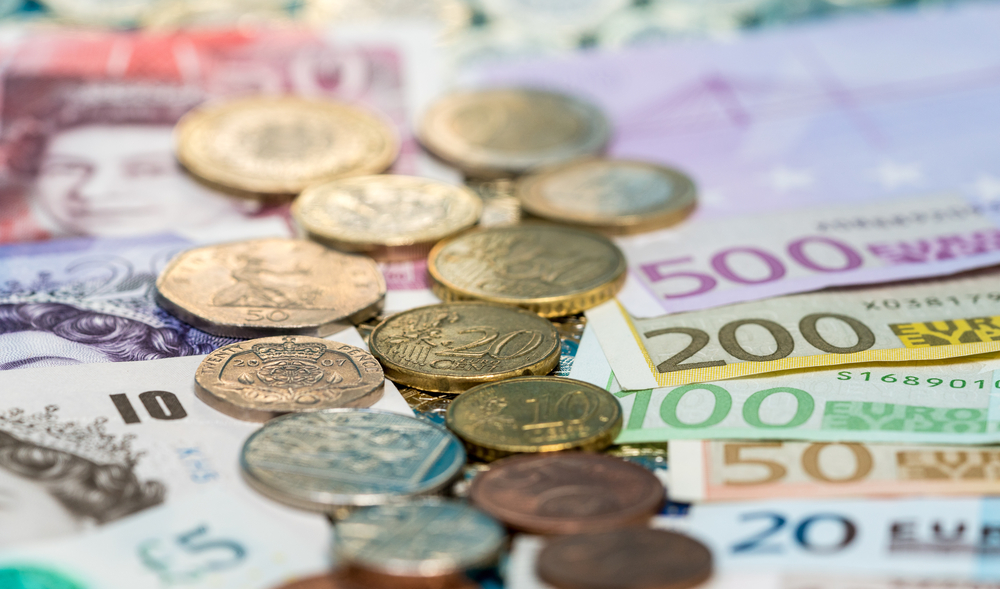
EURUSD, GBPUSD Daily Chart View and Further Recovery
Looking at the EURUSD chart on the daily time frame, we see that the pair has found support at 1.15500. Today, we have a slight increase to the current 1.15750. To continue, we need to make a break above 1.16000 in order to climb to the zone between the 20-day and 50-day moving average in the area 1.16700-1.17500.
An additional upside is our resistance in the upper downward trend line. If the price manages to make a break above this resistance, then our target is the zone of previous highs around 1.19000. For the bearish scenario, we need to continue the negative consolidation after this break at 1.15500. It will direct the pair towards the levels below in order to make a break below the psychological level at 1.15000.
 GBPUSD chart analysis
GBPUSD chart analysis
Looking at the GBPUSD chart on the daily time frame, we see that the pair is still in a smaller bullish trend after falling to 1.34100 on 29 September. We are currently testing a 20-day moving average, and to continue the bullish trend, we expect a break above it. The first above resistance is 38.2% Fibonacci level at 1,37300 together with a 50-day moving average. This is followed by a 200-day moving average in the 50.0% Fibonacci level zone at 1,38300. If the pair manages to make such a move on the chart, then we can say that we are returning to a stronger bullish trend. For the bearish scenario, we expect resistance in moving averages that will again lean GBPUSD to the bearish side, with the goal of testing the 23.6% Fibonacci level first. If a break occurs, we may drop and test the previous low again at 1.34100.
 Market overview
Market overview
The short-term rise in inflation in the eurozone was mainly caused by temporary factors that would fade in the medium term and would not require policy tightening, European Central Bank policymakers said at a September board meeting in Frankfurt
According to a report from the monetary policy meeting published on Thursday, members agreed that the accommodative stance of monetary policy is still necessary to compensate for the pandemic’s negative impact on inflation and strengthen inflation expectations around the new target firmly. Members added that the risks to the economic outlook are broadly balanced.
The Council noted that the economic outlook could deteriorate if the pandemic worsened. A worsening situation could delay further economic opening. As would a supply shortage that proved more persistent than currently expected.
At a meeting in September, the bank slowed down its emergency asset purchase program and left its rates unchanged.
German exports fell unexpectedly in August, Destatis data revealed on Friday.
Exports fell 1.2 percent a month in August, up from a 0.6 percent increase in July. Economists predicted a monthly growth of 0.5 percent.
At the same time, imports jumped 3.5 percent, after falling 3.6 percent in the previous month.
The Caixin Services Procurement Manager Index rose to 53.4 in September from 46.7 in August.
A reading above 50.0 indicates a decrease in the sector. With the exception of the decline in August, production in the services sector has been growing every month since May 2020.
The research showed that tighter market conditions. It also depicts a larger number of customers led to a resumption of sales as the situation with Covid-19 improved. However, foreign demand fell slightly in September.

 GBPUSD chart analysis
GBPUSD chart analysis Market overview
Market overview
